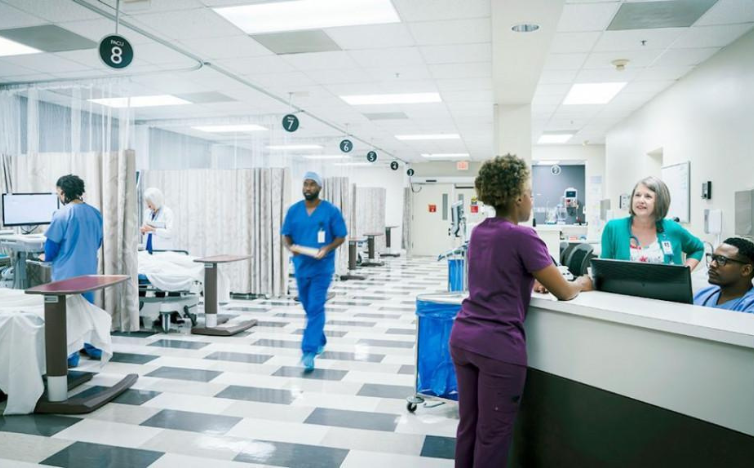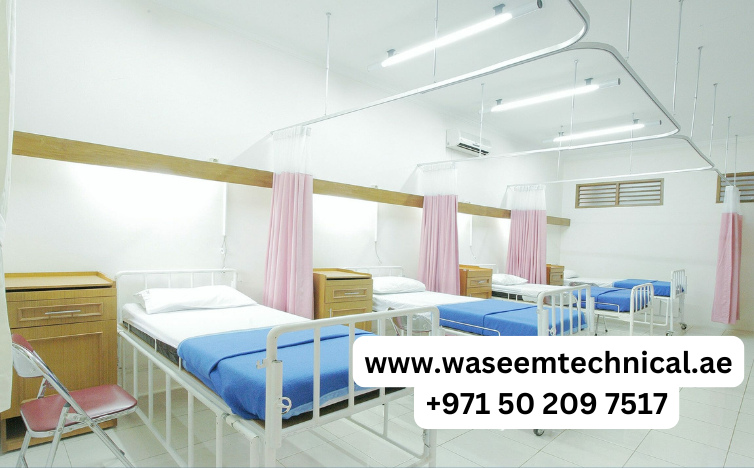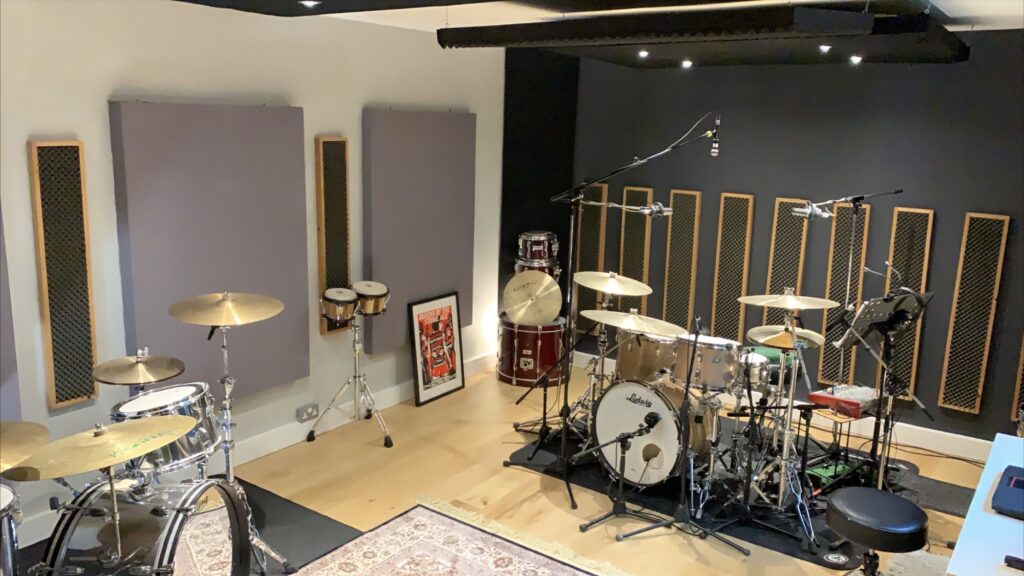Emergency rooms (ERs) are high-stress environments where every second counts. Noise levels can quickly escalate due to medical equipment, communication, and patient activities, affecting both patient recovery and staff efficiency. Effective soundproofing is essential to create a calmer atmosphere, improving overall care. But how do you know when it’s time to upgrade soundproofing in emergency rooms? In this article, we’ll explore the key indicators that signal the need for better soundproofing solutions.
1. Increased Patient Complaints About Noise
One of the most direct signs that your ER’s soundproofing needs an upgrade is patient feedback. If there are increasing complaints from patients about excessive noise disrupting their rest, it may be time to assess your soundproofing. Noise can interfere with patient recovery, particularly in cases where quiet environments are critical for healing, such as after surgery or trauma care.

2. Noise Affecting Medical Equipment Functionality
In emergency rooms, precise monitoring of patients is essential. High noise levels can interfere with sensitive medical equipment like heart monitors, alarms, and communication systems, leading to potential risks. If equipment is malfunctioning or alarms are being missed due to noise, upgrading soundproofing can reduce these risks and improve response times.
3. Staff Efficiency and Focus Are Compromised
A busy ER can overwhelm medical staff with constant noise. Conversations, alarms, and equipment sounds can make it difficult for doctors and nurses to concentrate, potentially leading to errors or slow responses. If staff frequently report difficulty focusing or communicating due to high noise levels, it’s a clear sign that soundproofing needs to be improved to foster a more productive working environment.
4. Privacy Concerns in Consultation Rooms
Privacy is a critical issue in healthcare, especially in ERs where sensitive conversations about a patient’s health occur regularly. Poor soundproofing may lead to conversations being overheard, which is not only a breach of privacy but can also impact the patient’s sense of safety and trust. If your ER has ongoing issues with conversations being audible outside of rooms, it’s time for an upgrade in soundproofing solutions to enhance confidentiality.
5. Increased Use of Sound-Absorbing Barriers
If your ER has had to increase the use of temporary sound-absorbing barriers, like curtains or partitions, it’s a sign that your existing soundproofing measures are insufficient. While these barriers can provide short-term relief, they are not a permanent solution and may hinder mobility and access to patients. Investing in structural soundproofing upgrades will provide long-lasting results.
6. Renovations or Expansions of the ER
Whenever an ER undergoes renovations or expansions, it’s the ideal time to reevaluate soundproofing needs. New layouts, materials, or equipment could change the way sound travels through the space, potentially increasing noise levels. By upgrading soundproofing during this time, you can ensure that the ER maintains a quiet and effective environment even with new construction.
7. Compliance with Updated Healthcare Standards
Healthcare noise standards and building codes can change over time. If your ER is operating with outdated soundproofing measures, it may no longer be compliant with current regulations. Regularly review local and national healthcare guidelines, and if your soundproofing solutions are no longer in compliance, an upgrade is necessary to meet the required standards and avoid penalties.
Call us: Contact Waseem Technical Soundproofing Expert in Dubai For Soundproofing: +971 50 209 7517
Conclusion
Upgrading soundproofing in a busy emergency room is not just about comfort—it directly impacts patient care, staff performance, and operational efficiency. Increased noise complaints, equipment interference, staff difficulties, and privacy issues are all signs that your ER could benefit from improved soundproofing. Addressing these issues promptly will help create a more controlled and effective environment for both patients and staff.




